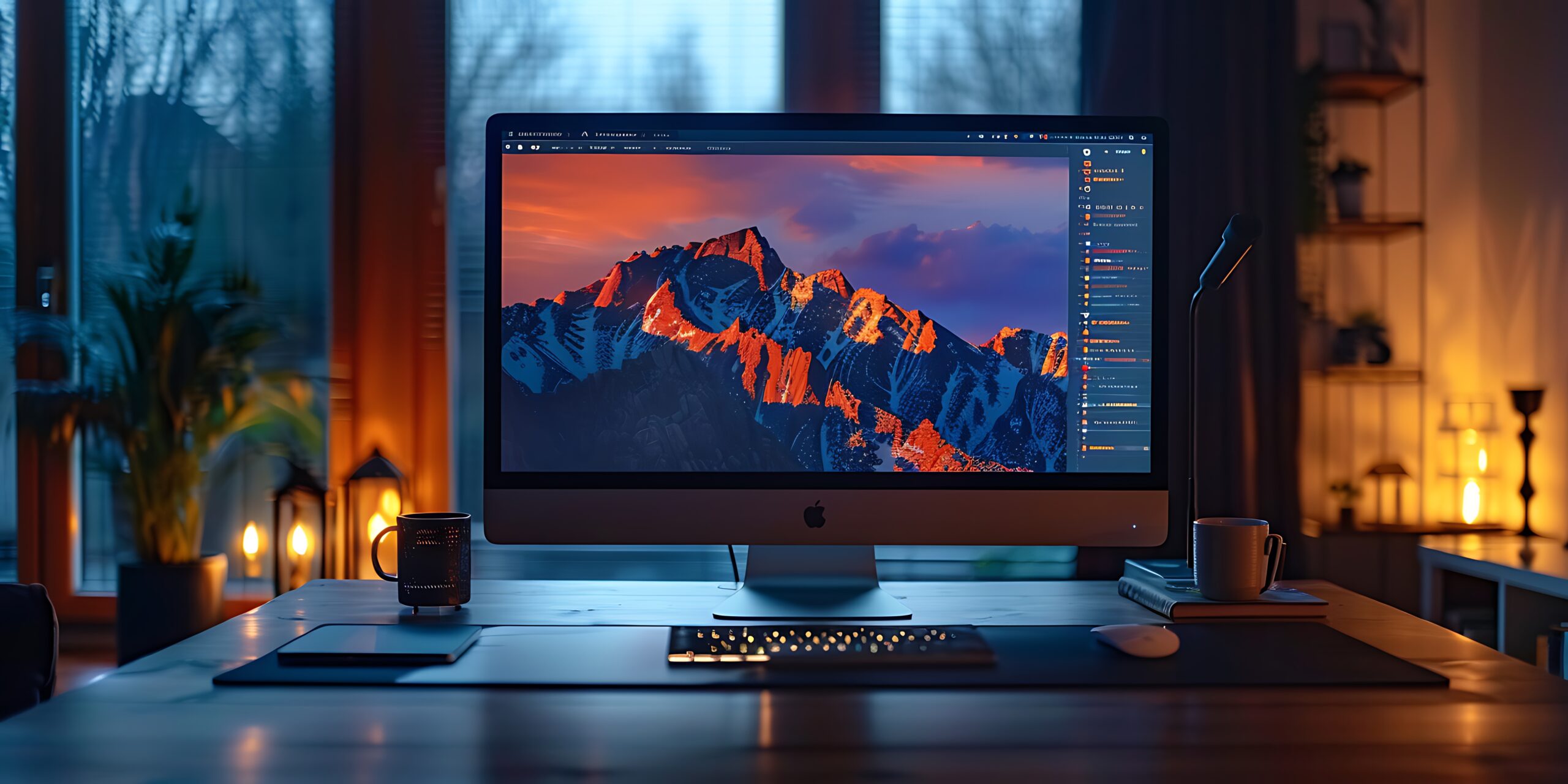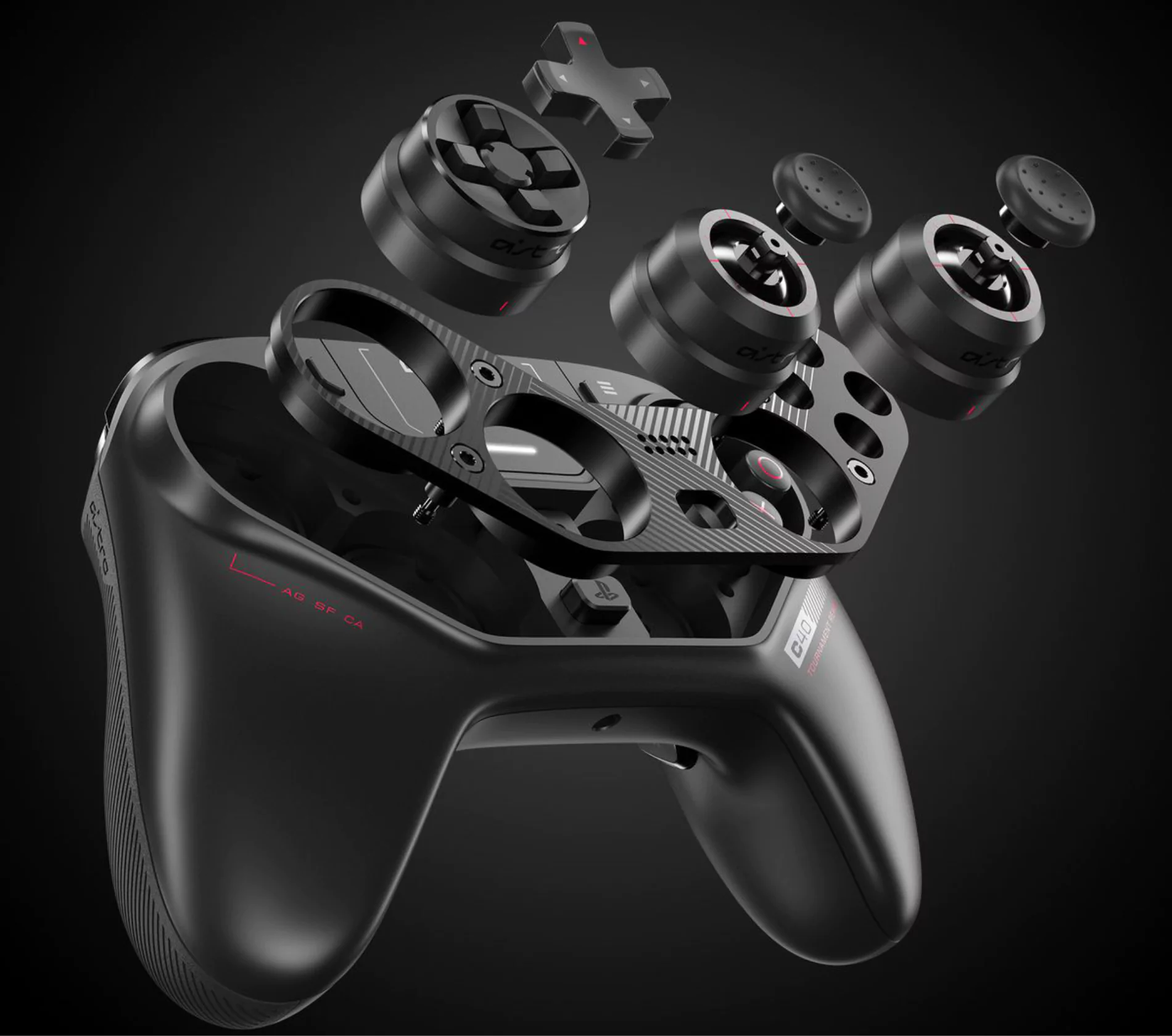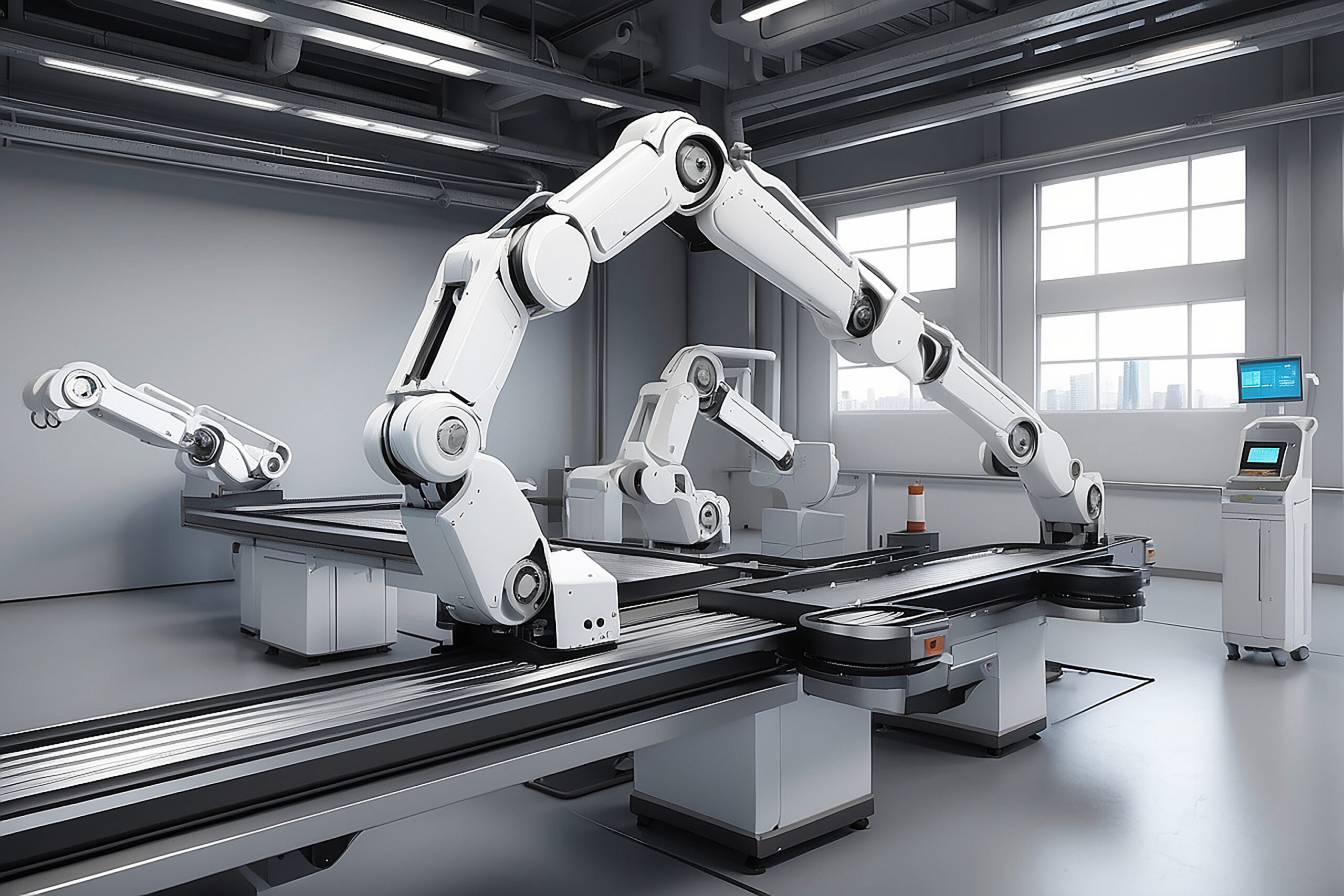Creating photorealistic product renderings is a valuable skill that can bring life to conceptual designs, showcase products before they are physically produced, and captivate potential customers. With advancements in computer graphics and rendering technology, it is now possible to create stunning visuals that closely resemble real-world photographs. This step-by-step guide will provide you with a roadmap to achieve photorealistic product renderings, regardless of your level of expertise.
Photorealistic product rendering helps businesses showcase their products in the best possible way. Good quality 3D product renderings attract more customers, whereas bad quality 3D product renderings hamper the brand’s image negatively. Hence, it is important for brands to have photorealistic product renders. Creating high-quality photorealistic 3D Product renderings requires high skills. Firstly, we will explore the importance of defining clear objectives and gathering necessary reference materials to ensure an accurate representation of the product. Next, we will discuss the significance of modeling the product with precision, paying attention to details such as dimensions, materials, and textures.
Lighting plays a crucial role in creating photorealistic renderings, so we will delve into various lighting techniques to achieve the desired effects. Additionally, we will explore the use of materials and textures, including reflective surfaces, matte finishes, and intricate details, to enhance the realism of the product.
Rendering settings and optimization will be covered to ensure efficient production of high-quality images. Finally, post-processing techniques will be examined to add final touches, such as adjusting colors, and contrast, and adding depth of field effects.
By following this comprehensive guide, you will gain the knowledge and skills necessary to create captivating and photorealistic product renderings that are sure to impress clients and viewers alike. Let’s get started!
Creating photorealistic 3D product renderings involves several steps to achieve stunning and lifelike visuals. Here is a step-by-step guide to help you through the process: How Product Rendering Enhances Visual Marketing Strategies
Define Objectives & Gather References:
Before creating a 3D Product Clearly articulate the purpose and goals of the product rendering. Determine the intended audience and the message you want to convey through the visuals. Are you showcasing a new product design, demonstrating functionality, or creating marketing materials? Defining the objectives will guide our decision-making process throughout the rendering process. We Collect a range of reference materials related to the product. This can include product photographs, sketches, technical drawings, CAD models, or existing 3D models. These references will help us understand the product’s physical attributes, materials, textures, proportions, and other important details.
Model the Product
Once you have defined your objectives and gathered the necessary references, the next step in creating photorealistic product renderings is to model the product. For photorealistic products rendering 3D Model has to be the best. While creating a top-notch model we at Atellier give attention to the small detailing of the product. We have more than a decade of expertise in creating in-detail product models.
Set Up Lighting
Lighting is crucial for achieving realism. Experiment with different lighting setups to mimic natural or artificial lighting conditions. Adjust intensity, color, and direction to create the desired atmosphere and highlight product features. At Atellier we have an expert team of lighting artist that has knowledge of lighting and its technique. With time and study, we have gained expertise in how light reacts on various colors and surfaces. detail lighting and shadowing can greatly enhance the overall aesthetic of a product. By carefully considering the placement and intensity of lights, you can create dramatic highlights and soft shadows that add depth and dimension to your product. The Role of 3D Visualization in Product Customization Additionally, understanding how different materials interact with light can help you achieve realistic reflections and textures, further enhancing the visual appeal of your product, have a look at the client case study, 3D Product Rendering of Belden INC Case Study.
Apply Materials and Textures
Assign appropriate materials and textures to the 3D model! Check this article Features and Advantages of 3D Modelling. Consider factors such as reflectivity, transparency, roughness, and bump mapping to simulate realistic surfaces. Use high-quality texture maps to add fine details. These texture maps can include information such as color, specular highlights, and normal maps to create a more realistic appearance. Additionally, adjusting the roughness and reflectivity of materials can help achieve the desired level of shininess or matte finish for different surfaces.
Fine-tune Cameras and Perspectives
Set up virtual cameras to capture the product from various angles. Experiment with different camera settings, focal lengths, and perspectives to find the most visually appealing composition. Consider using depth-of-field effects to create a sense of depth and focus on specific areas of the product. Additionally, try incorporating dynamic camera movements or animations to showcase different features or highlight key aspects of the product.Render the Scene
Utilize a rendering engine to generate the final image. Adjust rendering settings such as resolution, quality, and sampling to balance rendering time and output quality. Use advanced rendering techniques like global illumination and caustics for enhanced realism. Consider experimenting with different lighting setups to create dramatic effects and enhance the overall visual appeal of the product. Additionally, post-processing techniques such as color grading and adding depth of field can further enhance the realism and make the product stand out in the final rendered image.
Post-Process the Image
After rendering, post-process the image using image editing software. Adjust color balance, contrast, and brightness. Add depth of field effects, lens flares, or other atmospheric elements to enhance realism and visual impact. Furthermore, post-processing can also involve removing any imperfections or blemishes from the product, ensuring that it looks flawless and enticing to potential customers. Additionally, adding subtle reflections or shadows can help create a sense of depth and dimension, making the product appear more three-dimensional and lifelike.
Iterate and Refine
Review the rendered image and seek feedback. Iterate on the process by making adjustments based on feedback to enhance the final result. Pay attention to details, lighting, materials, and overall composition. By carefully examining the rendered image and seeking feedback, designers can identify any areas that may need improvement or further refinement. This iterative process allows for adjustments to be made in order to enhance the final result, ensuring that every aspect of the image, from details and lighting to materials and composition, is perfected to create a visually stunning representation of the product. At atellier we include two free revisions while creating photo realistic 3D Product renders.
By following these steps and continuously refining your skills, you can create impressive photorealistic 3D product renderings that effectively showcase your designs or products. These renderings can be used for marketing materials, presentations, or even virtual reality experiences. Additionally, incorporating feedback from clients or stakeholders during the revision process can help ensure that the final result meets their expectations and effectively communicates the desired message.





